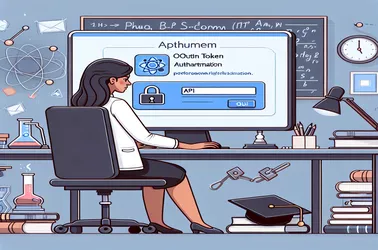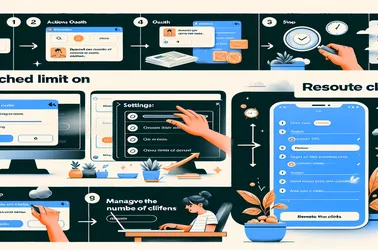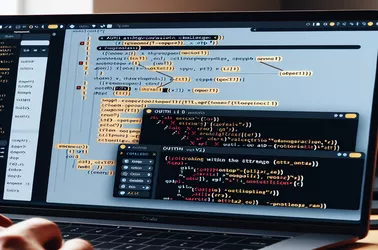One problem that developers may run into while implementing Google OAuth 2.0 authentication in a cloud-hosted Flask application is the absence of the refresh token. Because of this issue, users must regularly reauthenticate because automatic token renewal is not possible. The reason for the disparity is that Google manages offline access in production settings in a different way. This problem can be fixed with a straightforward change: adding prompt="consent" to the authentication request.
The "Sorry, this content isn't available right now" problem that arises during Instagram OAuth integration is addressed in detail in this article. It describes how to deal with versioning, fix token problems, and use API scopes correctly. Best practices for a seamless integration experience are also highlighted in the essay.
Due to Instagram's decision to deprecate the Basic API, developers are now looking for other ways to integrate accounts. While OAuth systems like Auth0 or proxy services provide workable solutions for recovering usernames, solutions like the Graph API target business accounts. These methods adapt to the changing API landscape while maintaining functionality.
It can be annoying to run across the "Invalid OAuth access token" warning when utilizing the Instagram API, particularly when other API features, such as retrieving media, perform without any issues. In order to handle Bearer tokens, configure permissions, and guarantee token validity in test and production environments, this article looks at the underlying reasons of this problem and offers solutions.
Unexpected difficulties may arise when integrating OAuth with Google Workspace for Education. These difficulties, which result in things like incorrect tokens or 401 failures during API calls, are frequently caused by more stringent compliance regulations and scope restrictions. Gmail API activities depend on efficient token management, logging, and comprehension of Pub/Sub integration. To prevent misconfigurations, developers must additionally verify app settings in the Google Admin panel.
You're not the only person who has seen the "Reached limit on number of clients" issue when attempting to register a device on Google Actions. This problem, which is prevalent among developers who use the Google Assistant API for gadgets like TVs, frequently results from account-level or hidden project limitations. Client limitations may apply, even if your Google Cloud project is brand-new, therefore it's critical to know how to work within Google's limitations. Sometimes you can get over these annoying obstacles by getting in touch with Google support or improving your project management.
Centralized access control for a safe workflow environment is made possible by integrating Azure Entra ID authentication with Airflow. Configuring essential components such as the JWKS URI for token validation and role mappings that correspond with Azure groups is part of setting up OAuth.
To automate chess tournament announcements on X, you must handle OAuth 1.0 authorization safely. While the OAuth protocol is adequate for most API calls, generating the correct HMAC-SHA1 signature is crucial. Common difficulties are caused by faulty URL encoding or authorization header formatting. Using a consistent way to create nonces and timestamps reduces errors.







